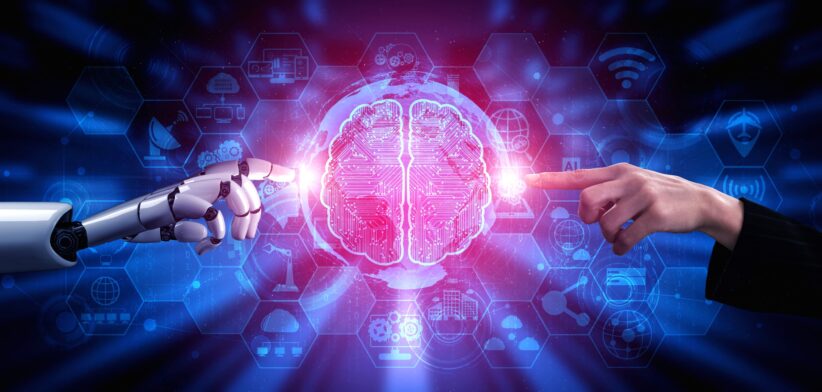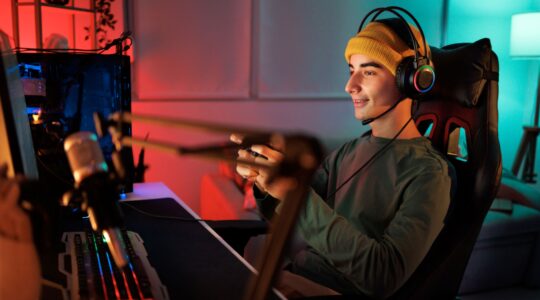Researchers have used artificial intelligence (AI) to create a digital twin of part of a mouse’s brain, paving the way to a more efficient way to study the inner workings of the brain.
Stanford Medicine Professor Andreas Tolias said an AI model was used to replicate the part of the mouse brain that processed visual information.
“The digital twin was trained on large datasets of brain activity collected from the visual cortex of real mice as they watched movie clips,” Professor Tolias said.
“It could then predict the response of tens of thousands of neurons to new videos and images.”
He said digital twins could make studying the inner workings of the brain easier and more efficient.
“If you build a model of the brain and it’s very accurate, that means you can do a lot more experiments.
“The ones that are the most promising you can then test in the real brain.”
Professor Tolias said unlike previous AI models of the visual cortex, which could simulate the brain’s response to only the type of stimuli they saw in the training data, the new model could predict the brain’s response to a wide range of new visual input.
He said because a digital twin could function long past the lifespan of a mouse, scientists could perform a virtually unlimited number of experiments on essentially the same animal.
“Experiments that would take years could be completed in hours, and millions of experiments could run simultaneously, speeding up research into how the brain processes information and the principles of intelligence.
“We’re trying to open the black box, so to speak, to understand the brain at the level of individual neurons or populations of neurons and how they work together to encode information,” Professor Tolias said.
Read the full study: Functional connectomics spanning multiple areas of mouse visual cortex.








